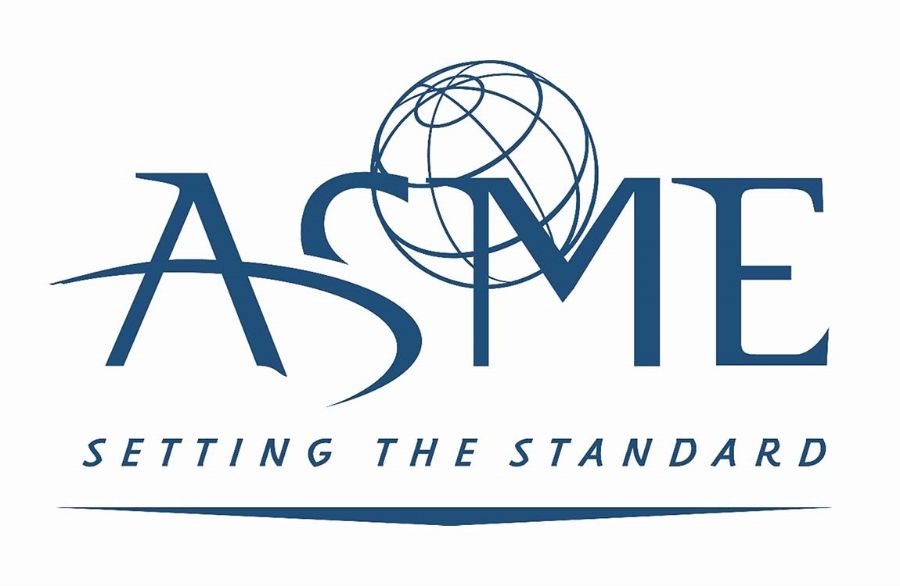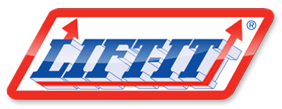The American Society of Mechanical Engineers has now issued the 2018 version of the B30.9 Sling Safety Consensus Standard. The 2018 revision of the previous 2014 version has some very notable additions and changes.
In Chapter 9-0 which contains scope, definitions and personnel competence, new language regarding minimum requirements for riggers assigned to load handling activities have now been added in Section 9-0.4. Riggers involved in load handling activities must ensure the weight of the load and determine the center of gravity are cited in the newly added, Rigger Responsibility Section. Sling selection and inspection are also cited in the new section, and also lists several other ASME standards for compliance and proper usage, i.e., ASME B30.10, B30.2, B30.23 and B30.26. Section 9-0.4 also mentions that the effects of angles (sling tension) must also be taken into consideration to avoid overloading. Properly attaching and ensuring load control (balance) as well as, the need to protect slings from abrasion, cutting and other forms of damage have been included in the new section. Lastly, Section 9-0.4 also addresses the need for responsible riggers to understand applicable signals for the equipment used and that tagline use may be necessary when additional control is required.
The 2018 Volume includes a new, seventh chapter (9-7) for High Performance (HP) Roundslings. The B30.9 sling subcommittee decided after much discussion that HP roundslings should have a separate chapter and not be included into the existing Chapter 9-6 for polyester roundslings. Much like the other six chapters, the HP Roundsling chapter contains sections for training, components, fabrication, design factor, rated load, proof test requirements, sling identification, effects of the environment, inspection, removal, repair as well as operating and rigging practices. Since many different fibers and/or combinations of fibers are used High Performance Roundslings, much of the emphasis for proper use is placed onto the qualified person and/or the manufacturer.
Along with these abovementioned additions, many significant changes to existing language are now a part of the B30.9-2018 Sling Safety Standard.
Language for slings that have been in storage or idle for more than a year is now included.
Section 9-X-9.4(d) specifically states that periodic inspection for slings in storage or idle slings (slings not used) for more than a year, IS NOT required. What is required is that before “idle” or “stored” slings are used that they be inspected before being put into use per the provisions of periodic inspections for slings.
Removal from service criteria for polyester roundslings has finally been corrected to reflect language that leaves nothing to the imagination. Prior to the 2018 Revision, Section 9-6.9.5(g) stated, “knots in the roundsling, except for core yarns inside the cover”. The 2018 Revision, now states, “knots in the roundsling, except for core yarn knots inside the cover installed by the manufacturer during the fabrication process”.
It took me several attempts over many years to provide rationale to the subcommittee and I was finally successful in my efforts. All I ever wanted was for the 2014 language to be changed from “Core yarns inside the cover” to “core knots inside the cover”. Most roundslings have core yarns, while not all roundslings have core knots installed by the manufacturer.
We would recommend that qualified persons obtain a copy of the newly released ASME B30.9-2018 and become acquainted with these and other important modifications.
You can visit the ASME website and download your copy by clicking the link below:
https://www.asme.org/products/codes-standards/b309-2018-slings
Sincerely,
Michael J. Gelskey, SR.
CEO-Lift-It Manufacturing Company, Inc.






